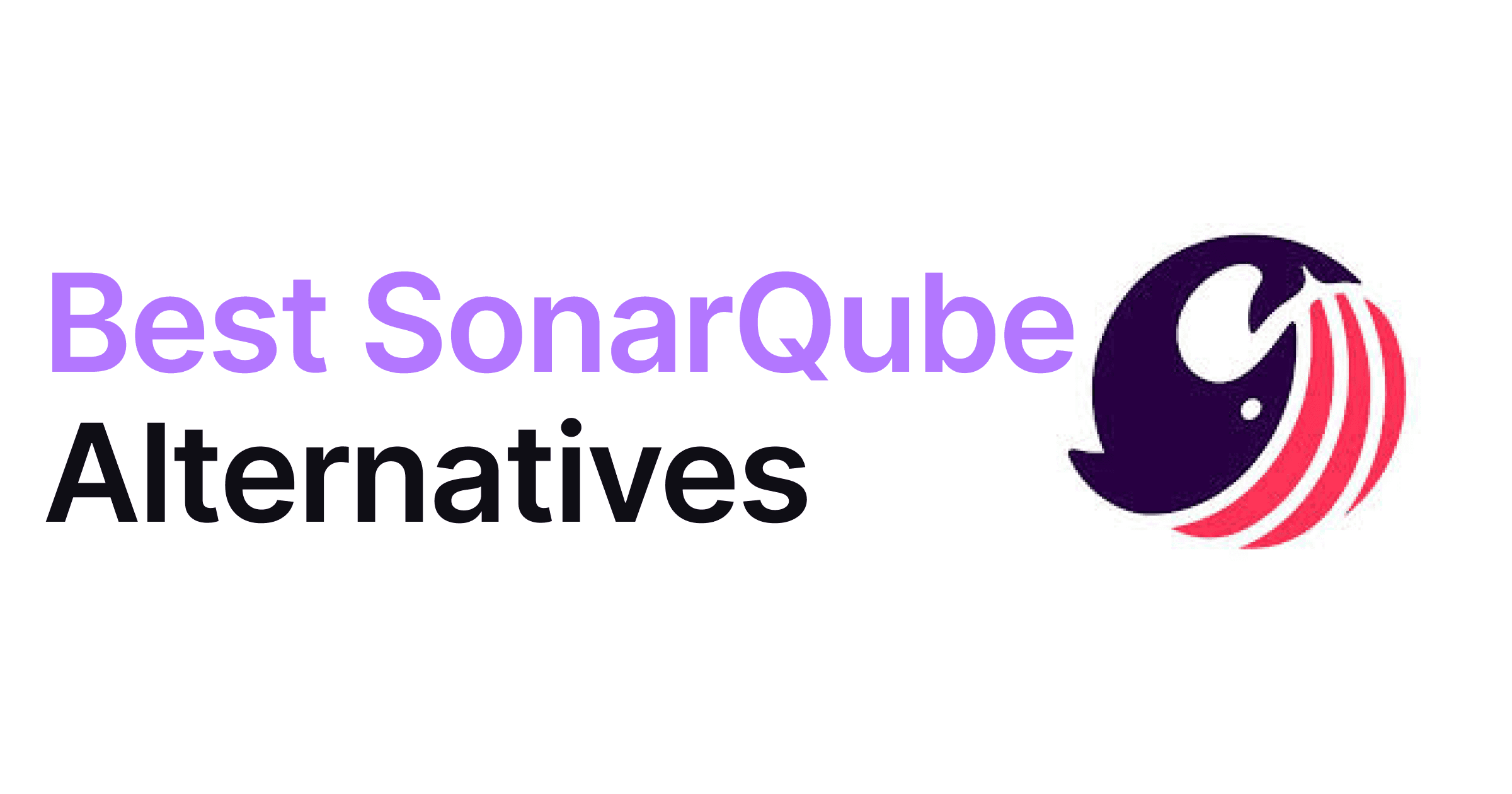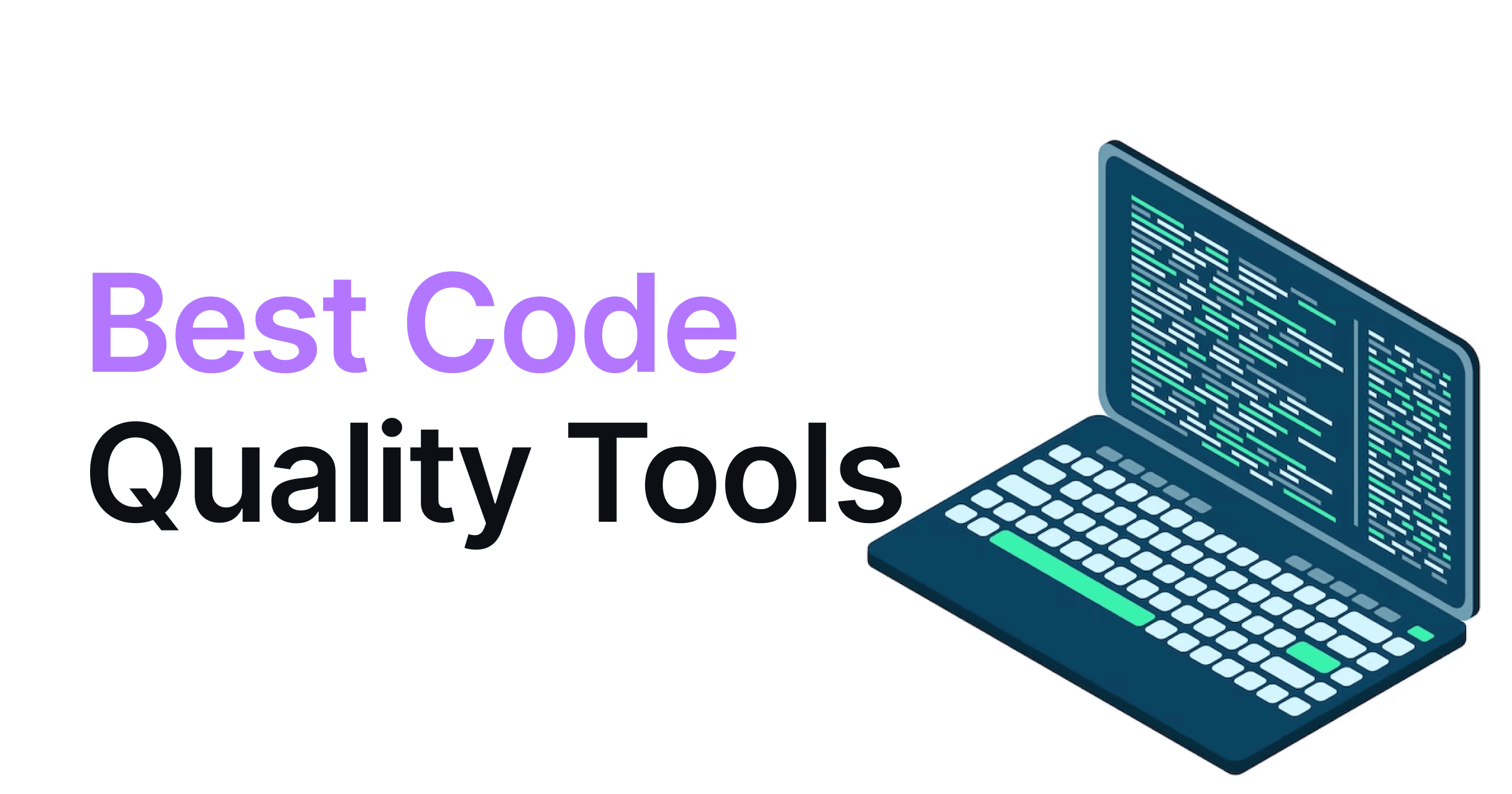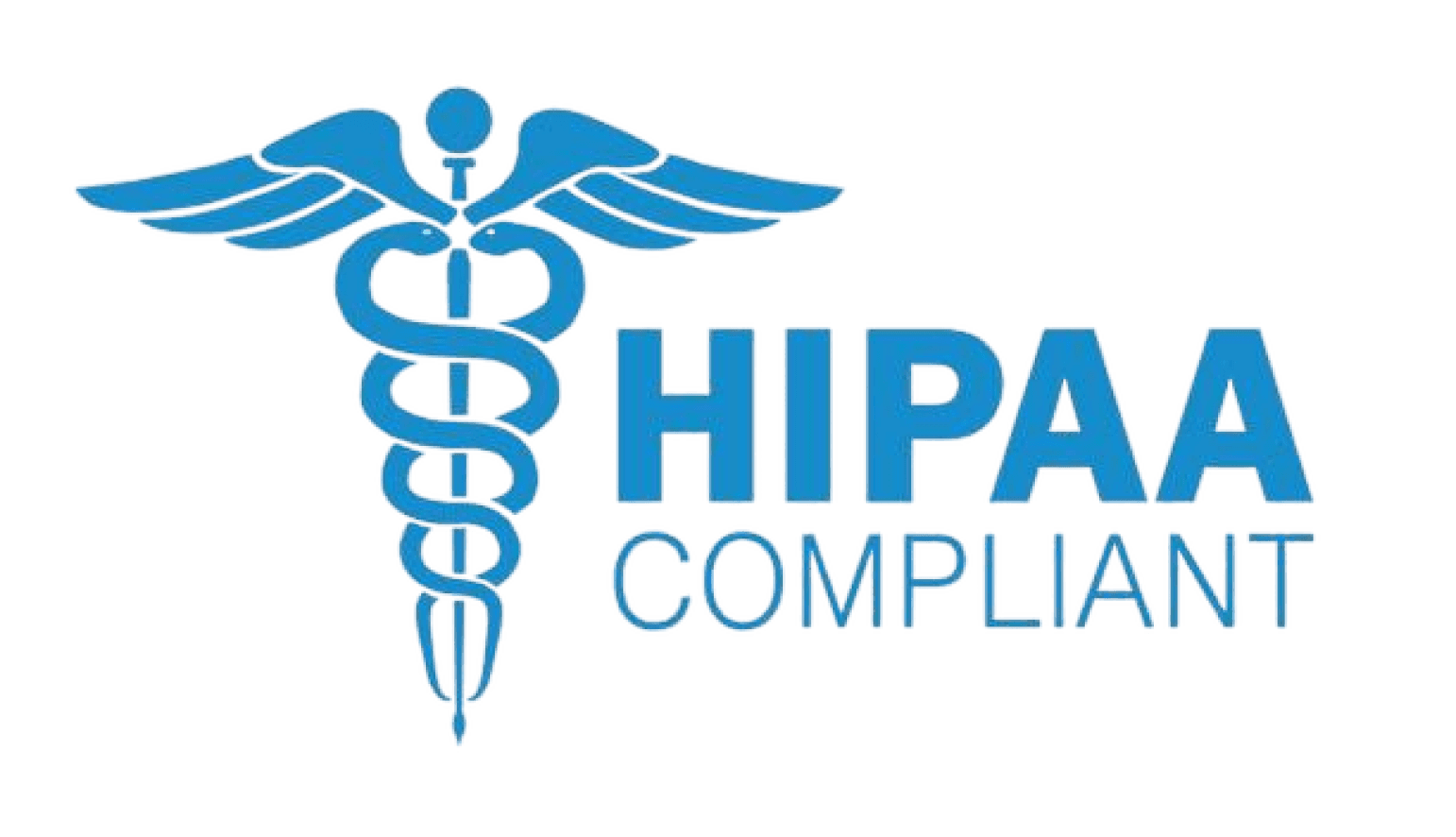Cybersecurity Strategies
Code Security
Amartya Jha
• 18 January 2025
Have you ever stopped to consider why ensuring the security of cloud infrastructure is rapidly becoming a top priority for businesses around the globe? As more companies shift their operations to the cloud, protecting the integrity and confidentiality of data and applications becomes increasingly critical. In this article, we'll explore the vital aspects of cloud infrastructure security, providing insights into effective strategies and solutions that businesses can employ to protect their valuable assets.
Understanding Cloud Infrastructure Security
As businesses increasingly rely on cloud environments for storing and managing data, the importance of cloud infrastructure security cannot be overstated. Securing this infrastructure encompasses a range of responsibilities, from protecting data and applications to maintaining the integrity of cloud services.
Key Components of Cloud Security
Securing cloud infrastructure involves several foundational elements that together form an effective defense strategy, ensuring data protection, application integrity, and service continuity.
Firewall Management:
Firewalls act as the frontline defense against unauthorized access and cyber threats by monitoring and filtering traffic to and from cloud resources.
Modern firewalls feature advanced capabilities like intrusion detection and prevention systems (IDPS), and stateful firewalls, which track active connections to determine which packets can pass through.
Identity and Access Management (IAM):
IAM systems are crucial for controlling user access to cloud resources, determining who can access what and what actions they can undertake.
Effective IAM setup prevents unauthorized access and insider threats, utilizing services such as AWS IAM, Azure Active Directory, and Google Cloud IAM.
Encryption:
A key pillar in safeguarding data, encryption converts data into a secure format that only authorized parties can decipher, both at rest and during transmission.
Common techniques include AES (Advanced Encryption Standard) and TLS (Transport Layer Security). End-to-end encryption guarantees data security across cloud networks. Learn more about these techniques on CodeAnt’s cryptography principles.
Compliance Auditing:
Regular audits ensure compliance with industry standards and regulations like GDPR, HIPAA, and PCI DSS by reviewing and testing security controls.
Network Security:
Achieved through monitoring tools and security protocols such as VPNs and encrypted channels, coupled with constant intrusion detection and prevention.
Explore more about these vital components at Licrodyne’s blog about key components of cloud infrastructure security.
Challenges in Cloud Security
Despite robust frameworks, cloud infrastructure security faces many challenges requiring keen attention to safeguard cloud environments effectively.
Data Breaches:
Often stemming from poor configurations and weak access controls, data breaches can lead to severe reputational and financial damage. Regular security assessments and strong encryption are key preventive strategies.
Identity Theft:
Lapses in IAM systems can facilitate identity theft, allowing attackers to impersonate users for unauthorized access. Two-factor authentication and audits can mitigate such threats.
Misconfigured Cloud Storage:
Common when storage settings are exposed or default settings are used. Regular checks and automated tools help detect and correct misconfigurations.
Vulnerabilities in APIs:
APIs, critical for cloud connectivity, must be secured against injection attacks and unauthorized access. Following security best practices and regular reviews are vital for protection.
Regulatory Compliance Issues:
Non-compliance can lead to heavy fines. Therefore, continuous oversight and policy adjustments, alongside educational programs, are recommended.
For more insights, see Check Point's top cloud security challenges in 2023.
Criteria for Evaluating Cloud Security Solutions
Selecting an appropriate cloud security solution means evaluating various aspects based on specific business needs, compliance demands, and technical requirements. Here's a breakdown to guide an informed decision.
Cost-Effectiveness and Pricing Models
A sensible starting point is understanding the costs and pricing structures of a cloud security solution:
Subscription Plans: Assess varied subscription models, like monthly or annual plans, to find a balance between coverage and expense. For detailed insights, refer to Exoscale's guide to cloud pricing models.
One-time Costs: Factor in initial fees for integration, setup, and potential training. Consider long-term ROI to determine cost-effectiveness.
Value vs. Cost: The features should justify the expense. Analyze if features like threat detection align with your business needs. Google's cost guide is a helpful resource.
Ease of Integration and Use
The effectiveness of a cloud security solution partially hinges on how easily it integrates with existing systems.
Compatibility: Ensure the solution fits seamlessly with your current infrastructure, whether on AWS, Azure, or Google Cloud. V2Cloud’s blog offers guidance on seamless integration.
User-Friendly Interface: An intuitive interface minimizes training time for IT teams, sustaining productivity during transition.
API Support: Robust API support enhances integration with other tools, maintaining workflow efficiency across platforms.
Scalability and Flexibility
The adaptability and growth capability of security solutions are crucial for resilient infrastructure:
Scalable Solutions: Choose security measures that grow with your business, maintaining security levels as data and user access increase. See Xcitium’s insights.
Customization Options: Tailor features to specific needs or threats, ensuring alignment with operational requirements and laws.
Compliance and Regulatory Alignment
Adherence to industry standards is vital for cloud operations.
Industry Standards: Ensure your provider adheres to standards like ISO27001 and SOC2, safeguarding data with robust protocols. Learn more from CodeAnt AI.
Data Sovereignty: Know the legal requirements for data residency to avoid compliance issues. Tailor your cloud solution in accordance with jurisdictional laws.
Top 6 Cloud Infrastructure Security Solutions
Uncover the top cloud security providers, balancing security features with operational efficiency.
CodeAnt AI
CodeAnt AI offers various functionality:
Code Security Checks: Finds security problems in your code early and ensures it follows industry standards.
Infrastructure Safety: Scans your cloud and system settings to prevent mistakes that could lead to security risks.
Third-Party & Secret Protection: Checks external libraries for risks and prevents sensitive data from being exposed.
Compliance & Support: Helps meet security rules like HIPAA & SOC 2, provides reports, and offers priority support.
Explore more about CodeAnt AI.
Microsoft Azure Security
Azure Security offers comprehensive protection for multicloud and hybrid environments with:
Advanced Threat Protection: Cloud-native services for threat detection.
Identity Management: With Azure Active Directory.
Security Posture Management: Across Azure, AWS, and Google Cloud.
DevOps Security: Unified within DevOps pipelines.
Azure excels with seamless integration, proactive monitoring, and auto-remediation, investing $20 billion in security advancements. Explore more about Microsoft Azure Security.
AWS Cloud Security
AWS caters to diverse organizations with:
IAM: Detailed identity policies monitoring.
Network and Firewall Protection: Using VPCs.
Security Automation: Enhancing response times.
Comprehensive Services: Including AWS Shield.
AWS focuses on strategic security planning, offering vast infrastructure and expert guidance. Visit their website for more.
Google Cloud Security
Google Cloud leverages AI for enhanced threat management:
AI-Driven Intelligence: For proactive threat detection.
DLP: Protecting sensitive data.
Application Protection: Integrated with Google services.
Google Cloud's advanced analytical tools ensure data security with built-in compliance controls. Learn more on their page.
Palo Alto Networks Prisma
Prisma by Palo Alto offers a cloud-native security platform with:
Holistic Platform: Integrating CSPM and workload protection.
Cloud Infrastructure Entitlement Management: For least privilege access.
Web and API Security: With AI-enhanced operations.
Prisma provides visibility and control, leveraging AI for proactive defenses. Visit Prisma for more details.
Cisco Cloud Security
Cisco is noted for its encryption and compliance frameworks:
Cloud Native Solutions: Evolving with cloud security.
Threat Intelligence and Visibility: With compliance and encryption focus.
Cisco simplifies compliance processes, providing strong encryption protocols and threat intelligence. Discover more on their page.
Case Studies and User Experiences
Explore real-world examples where businesses effectively implemented cloud security solutions to address industry-specific challenges.
Enterprise Migration to AWS Security
In healthcare, compliance with HIPAA is crucial. A healthcare organization migrating to AWS effectively managed this:
Scenario: Migration for scalability with HIPAA compliance.
Outcome: Enhanced data protection with AWS Shield and Config.
Read more on Cognizant's case study and AWS's health case studies.
Financial Institution’s Adoption of Azure
A financial company used Azure to secure sensitive customer data, aligning with PCI DSS:
Scenario: Seeking robust data protection.
Outcome: Strong identity protection with Azure Active Directory and PCI DSS compliance.
Refer to Azure's PCI DSS compliance resources for more insights.
Retail Sector Deployment using Palo Alto Networks
A retail company using multi-cloud environments tackled global data management:
Scenario: Managing security across regions.
Outcome: Streamlined security management and compliance with Prisma Cloud.
Details available on Palo Alto's customer stories.
Future Trends in Cloud Infrastructure Security
Stay informed about upcoming cloud infrastructure security trends.
AI and Machine Learning Integration
AI and ML are key drivers in evolving cloud security:
Improved Threat Identification: Leveraging AI for enhanced threat detection.
Automation: AI automating responses, reducing threat neutralization time. Learn more from ATS report and Cloudnosys.
Serverless Architectures and Security Implications
Serverless computing introduces unique security challenges:
Increased Attack Surface: More entry points for attacks.
Permissions Management: Essential to reduce unauthorized access.
Sysdig's guide offers best practices for tackling these issues.
Zero Trust Security Models
Zero Trust models are redefining network security, emphasizing:
All Access Verification: Rigorous access checks regardless of origin.
Continuous Monitoring: Essential for identifying anomalies.
Resources from Palo Alto Networks provide more insights on Zero Trust in cloud environments.
Conclusion
Navigating the complexities of cloud infrastructure security is integral to digital transformation strategies. From handling core components like firewalls to future trends involving AI and zero trust models, businesses must persistently adapt. Armed with the knowledge of selecting proper security solutions and learning from sector-specific case studies, companies can better prepare for cloud security challenges.
Looking to enhance your security? Explore CodeAnt AI, a platform offering AI-powered code reviews that integrate seamlessly, automatically enhancing code quality and security across multiple languages.










